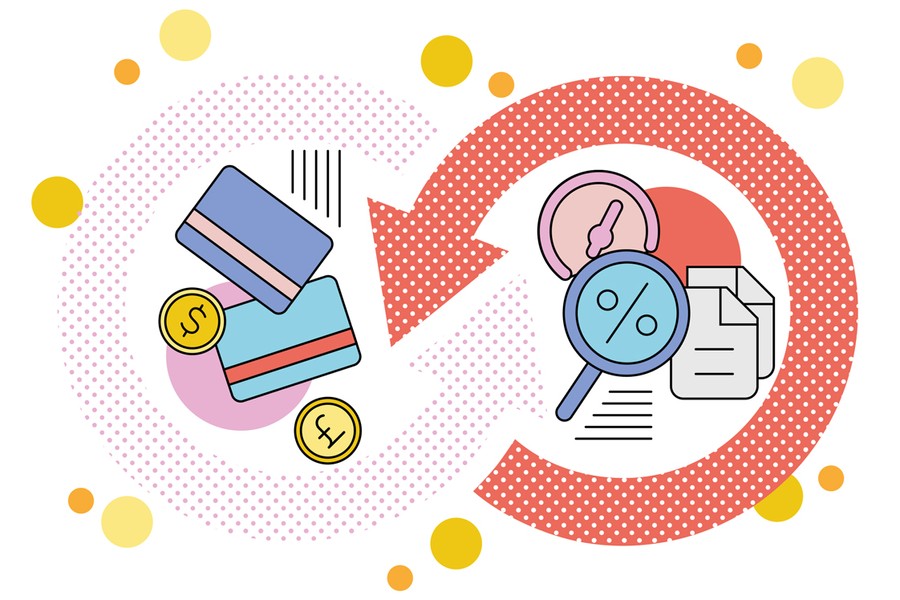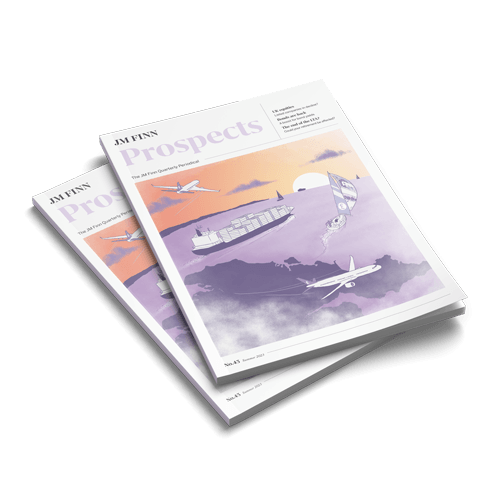27 years ago, the UK and American businesses merged to form Experian. 16 years ago, Experian acquired its Brazilian business and has since grown into a global (30 countries) data business.
Experian has two main divisions: Business-to-Business (c.75% of 2022’s $6.3 billion turnover) and Consumer Services (c.25%). Business-to-Business divides into Data (c.53%) and Decisioning (c.22%). Operating profit broadly follows the split of revenues; geographically, North America accounts for 68% of revenues, Latin America for 14% (mostly Brazil) and the UK for 12%.
Over the last century, many businesses advancing consumer credit or loans came to realise that they had a mutual interest in sharing credit data with one another. No bank wants to lend money to somebody who has over-borrowed from another bank. Credit bureaux plugged the gap by collecting, analysing and then publishing the data.
Experian’s Data division is about selling the actual data, whereas Decisioning is about selling the credit scores and software (PowerCurve) that enables automated decisions, as well as identity and fraud solutions.
Banks use credit bureaux at the point of sales, but they also use credit bureaux to monitor the health of their borrowers. Banks are required to estimate future bad debt losses, and data that they gather from Experian about the ongoing financial welfare of their customers is critical, as is the Experian data that banks use for their stress tests. Society benefits too: if banks know the riskiness of their proposed borrowers, then they charge the right interest rate. This democratises fair access to finance and advances the ‘social’ component of Experian’s well respected ESG (economic, social and governance) credentials¹.
The revenue model is attractive. Banks and credit institutions provide the data for free and then Experian sells it back to them after it has conducted extensive data checking, cleaning and matching. This facilitates relatively frictionless and automated decisions about lending and credit applications. Experian prefers subscriptions, which preserve revenue in times of economic hardship. During COVID-19, business volumes were down between 70% and 90%, but Experian only saw single digit declines in actual revenue. Demand for stress testing during COVID-19 helped as well.
Over the last century, many businesses advancing consumer credit or loans came to realise that they had a mutual interest in sharing credit data with one another.
The Consumer Services business originated because Experian saw that consumers’ access to financial data supporting their credit scores was largely unavailable. So Experian allowed consumers to view their credit reports under a subscription model.
Credit Karma disrupted the market in 2007 when it started offering free credit scores to consumers. Experian successfully adapted to compete with it, driving revenue (paid for by banks) by marketing credit sales to consumers. Customers appreciate this, because being offered close-to-pre-approved credit avoids being rejected and damaging your credit score. The Consumer division is now focussed on providing financial education and tools to save consumers money. Experian’s Boost helps consumers use their data to improve their credit scores.
Experian’s clients are the large tier 1 banks like JP Morgan and Wells Fargo, which tend to sign multi-year contracts with many bundled services. Experian also provides its services to health care providers (mostly US hospitals) and clients in the automotive, telco and utility sectors. Experian tries to grow revenue with add-on services rather than price increases.
Competition mostly comes from TransUnion and Equifax. Experian is the largest provider in the consumer space, while Equifax focuses on regional banks and income verification. TransUnion is larger in fintech and gaming through identity and fraud prevention.
Regulation is an entry barrier. Data is collected from banks and other sources, and is subject to oversight. Experian says it is #1 or #2 in its geographies, which deters new entrants due to economies of scale. Experian’s broad reach into, and ability to mix, complex data sets for unique insights as well as offering leading analytics and software is hard for a new entrant to replicate.
Experian’s business model has been a driver of regular revenue and profit growth. If mergers and acquisitions can take percentage growth closer to double digits, then the regular shareholder value creation could continue. The main risks are: (a) the risk of a damaging cyber-attack on Experian’s data; (b) a recession or a fear of one leading to tighter lending criteria could dent volumes and drive weaker revenues and (c) overpriced equity.
Illustration by Emily Nault





